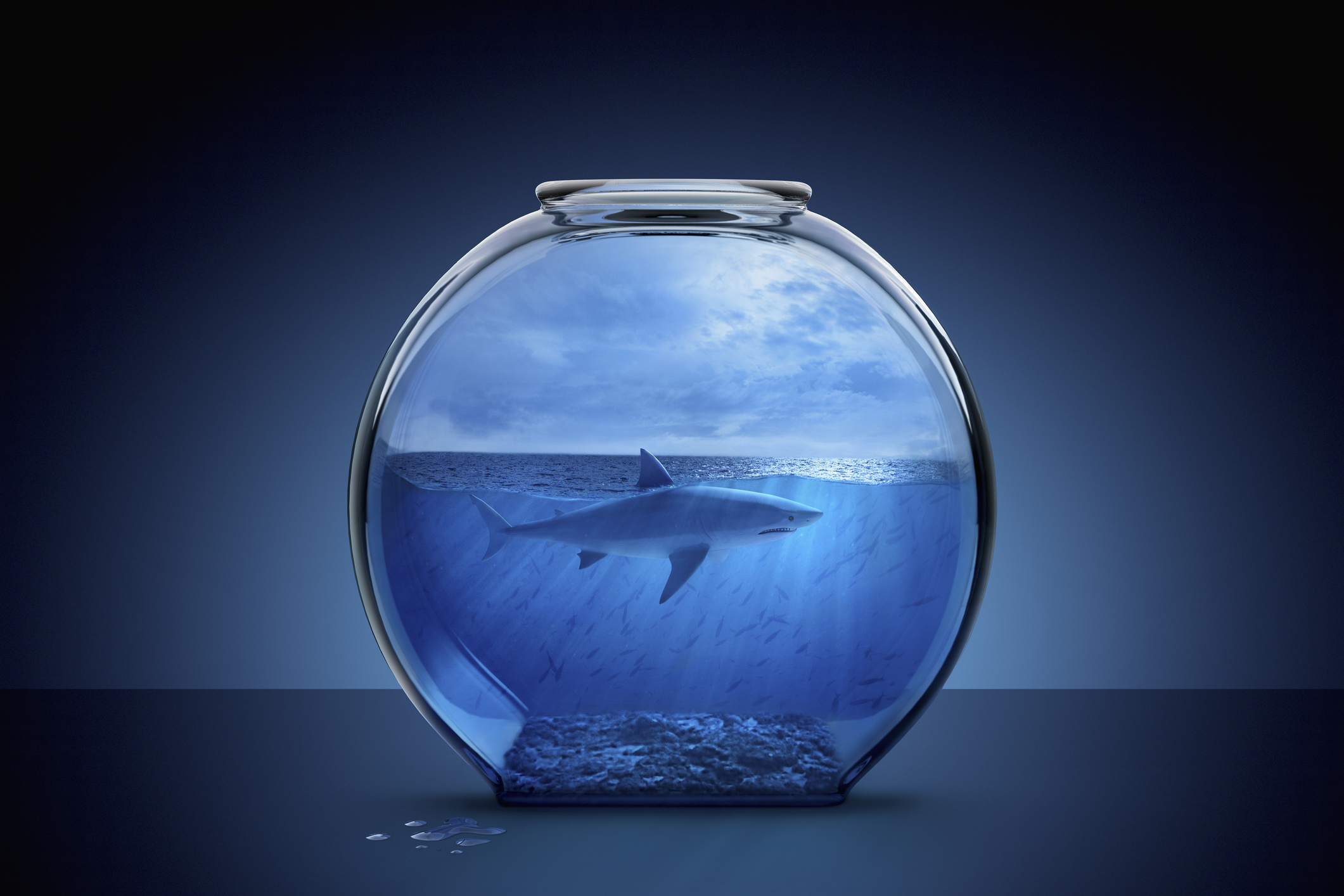By Lydia Martin
Have you ever been so mad, you can’t see straight? So mad, that the one vein on your forehead that bulges a little now looks like it’s about to blow? So mad, you’re on the verge of trying out some 80’s style pro-wrestling moves with one of the folding chairs in the conference room!…. And why? Because flipping Phylis from accounting thanked everyone at the meeting except you!
Anger is generally referred to as a secondary emotion. This means that it’s a protective measure to cover up a more raw, vulnerable emotion that we are afraid to feel or show.
Why did such a tiny interaction (or lack thereof) trigger such anger? It was just a small throwaway moment. The truth is anger is rarely what it appears to be. There is a whole lot of something going on beneath the surface, and that “something” is The Anger Iceberg. But before we get to the iceberg, let’s just talk about anger for a second.
Anger is generally referred to as a secondary emotion. This means that it’s a protective measure to cover up a more raw, vulnerable emotion that we are afraid to feel or show. In general, our culture is very afraid to show any weakness and we are celebrated for being tough, self-sufficient and “having it all together” and figured out. Granted with the advent of Brene Brown’s paradigm-shifting work on the power of vulnerability, some of those cultural boulders are beginning to shift, but on the whole, we are taught to cover weakness and pain rather than face it.
Anger feels more powerful than feeling embarrassed or rejected, as with the Phylis from accounting example, and therefore is more acceptable and comfortable. Our souls are such super-high-tech-survival machines, it’s truly incredible. Without even realizing it, we jump over the scary emotions we are feeling and fire off a barrage of “angry” to defend our hearts. But just because you aren’t aware of what’s hidden away behind your anger, doesn’t mean it goes away, and this is where the iceberg comes in.

As we all learned in fifth grade, 90% of an iceberg is hidden underwater; what we see on the surface is just a small fraction of its icy massiveness. It’s the same with Anger. When we are seething with rage, that is really the tip of an emotional iceberg. It feels safer to express anger than feel the vulnerable emotions stuffed down below the surface. Hard emotions like shame, trauma, stress, fear, disappointment, envy or even repressed grief. When you begin the journey of recognizing what’s going on in your heart, it can feel like unscrewing the lid from a bottle of kombucha that you left in a hot car. A fizzy hot mess. But leaving the cap on doesn’t make those sticky, underlying emotions go away.
There is always a reason why we are the way we are and do the things we do, and when it comes to anger, the reason is usually pain.
There is so much value in understanding the iceberg. Recognizing what’s really going on beneath anger makes kindness to ourselves and others so much easier. It helps us realize there is a backstory to every difficult, angry person in our world. There is always a reason why we are the way we are and do the things we do, and when it comes to anger, the reason is usually pain. Understanding that when your child loses their temper, they are actually hurt, or insecure, or afraid is like throwing fabric softener into the spin cycle of our lives. It softens us and makes our hearts more compassionate and yielding. It helps our emotional towels not be crispy and rough.
Okay weird laundry metaphors aside, your anger and the anger of those around you is not what you think it is. It is a sheep in wolf’s clothing; big teeth on the outside and a world of vulnerable feelings below the surface. So next time you deal with anger, be kind and do yourself and the world around you the honor and respect we all deserve by listening. Not just seeing the visible 10% of the iceberg, but looking deeper to what’s below the surface.
Originally published at lightworkers.com.


